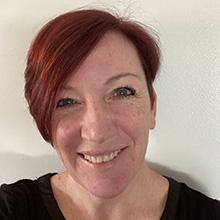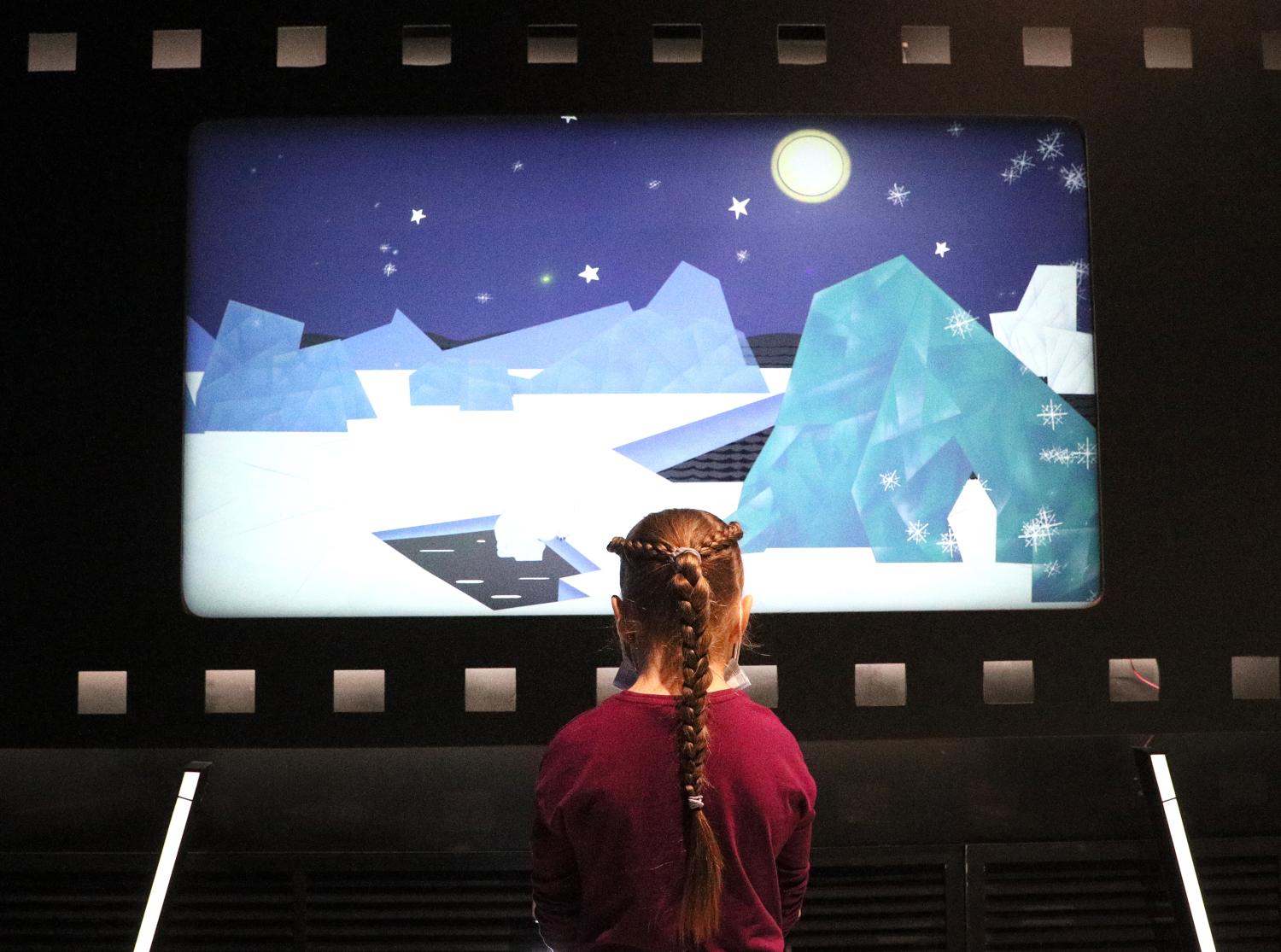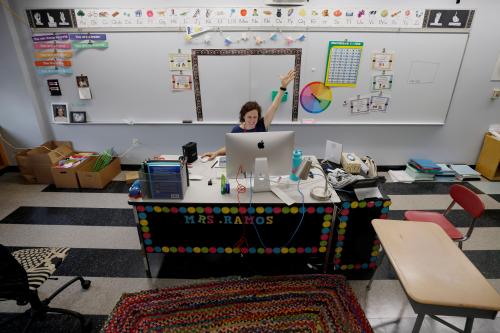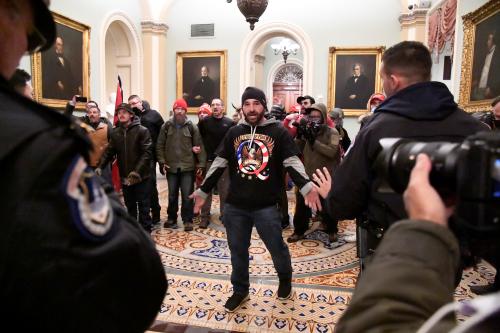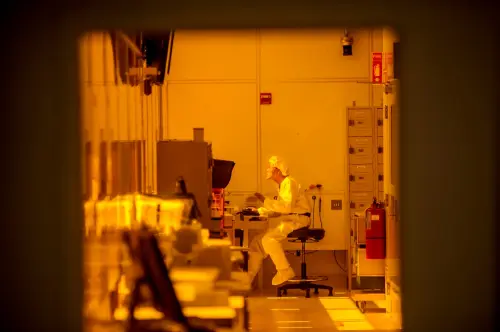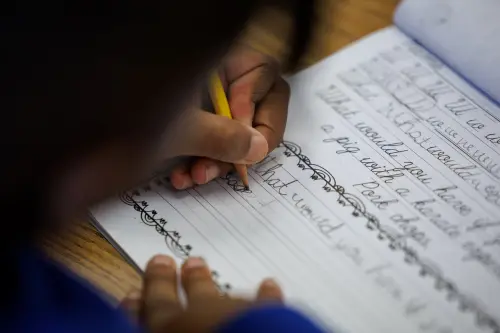By embedding educational content into entertaining stories with compelling characters, high-quality children’s media can engage young viewers and foster their learning. From “Mister Rogers’ Neighborhood” to “Sesame Street,” public media have long targeted this blending of education with entertainment. Public media have become a trusted source for children’s programming, in part because of their relative independence from commercial influences. As such, public media are able to take the time required to intentionally target robust learning goals across developmental domains.
New research from Education Development Center (EDC) and SRI International provides a compelling example of how digital media can promote both academic and social learning for young children. Our research team conducted two experimental studies of the PBS Kids series “Molly of Denali,” an award-winning series designed to teach children ages 3–8 how to use informational text (defined as written, oral, or visual text designed to inform). Using informational text is a foundational skill both for succeeding in school and being an informed adult. In the show, informational text is interwoven with everyday life in Alaska. Molly and her friends model the use and creation of informational text to solve authentic problems, relying on a wide range of sources, such as field guides, instruction manuals, maps, weather reports, and even a recipe for homemade mosquito repellent.
In addition, “Molly of Denali” is the first nationally distributed children’s series in the U.S. to feature an Alaska Native lead character. The producers at GBH intentionally addressed both informational text learning goals and improving the diversity of children’s media, essentially doubling its educational return on investment. And, with all this, “Molly of Denali” is designed to be fun. Children (and more than a few adults) are pulled into Molly’s world, where strong narratives bring a wealth of learning along for the ride.
Digital media can be an effective, light-touch intervention to promote learning
Researchers at EDC and SRI designed a randomized controlled trial to examine the potential of “Molly of Denali” to support informational text skills. We distributed data-enabled tablets to a national sample of low-income, first-grade children; children randomized to the treatment group received tablets pre-loaded with “Molly of Denali” videos and games, while those in the control group had access to informational text resources blocked. We assessed children’s abilities to use informational text both before and after the nine-week intervention, using a researcher-developed measure of children’s disposition to use informational text to solve a realistic problem (e.g., selecting a field guide to identify a bird, rather than a telescope) and their ability to identify and use different structural and graphical features of informational text (e.g., the table of contents).
Our findings demonstrated that access to “Molly of Denali” resources had a positive and statistically significant impact on children’s informational text abilities (based on scores from a measure developed by the research team). Notably, we replicated these findings with a separate national sample. Replication is a critical—but often missing—step in educational research to demonstrate that the original findings are not caused by something unusual about the original study or participants. This replication increases our confidence in our conclusion: “Molly of Denali” teaches children how to use informational text.
It did not take much time or support for children to learn from watching “Molly of Denali” at home. Children in the treatment group engaged with “Molly of Denali” videos and games an average of one hour per week over nine weeks. Often, educational interventions require more intensity and a longer period to impact children’s learning. And, although other research has shown the importance of parents using digital media to learn with their children, in these studies, parent co-engagement was not significantly related to child outcomes; in other words, parents did not have to help in order for children to learn from “Molly of Denali.”
The potential for this type of light-touch intervention to improve children’s academic skills is impressive, especially given how entertaining and non-didactic the series is. “Molly of Denali” instructional content is embedded within narratives, and interviews with parents and children during our pilot research showed that most were not aware of the focus on informational text—yet learning happened anyway.
Our findings are also consistent with other research showing the effectiveness of digital media in teaching young children across domains, including long-term impacts of offerings from public media. After a year of remote and hybrid learning, many families are concerned about the negative impacts of excessive screen time; however, not all screen time is equivalent. Our messaging to caregivers must be more nuanced than “limit screen time,” as such a blanket recommendation implicitly categorizes high-quality educational media along with video games and social media. We should encourage wise media consumption, too, where materials are chosen based on educational or other values—not simply their ability to hold kids’ attention. This kind of balanced approach to child development can use high-quality educational media along with off-screen activities, including creative play, exploring the outdoors, and engaging in physical activity.
Diversity and inclusion in children’s media are attainable
Children’s learning from digital media can also go beyond academic content and can provide prosocial messages, too, as was the case with diversity and inclusion messaging guiding the production of “Molly of Denali.” The series is saturated with Alaska Native values, and Molly relies on her community for information and support. Molly is both Alaska Native and female, representing a critical diversity that is often absent from children’s media and books.
Importantly, the storylines actively counter harmful stereotypes against Alaska Natives and other Native American communities. Indigenous characters are not depicted as static “others” from the past but, rather, as community members with vibrant lives. For example, Molly’s grandpa is a volcanologist and her mom is a pilot. Modern technology is present and used, along with traditional resources. Alaska itself is another character, and a sense of place is central to the show. “Molly of Denali” engages with difficult topics, such as the traumatic use of boarding schools to erase Indigenous culture, in age-appropriate and thoughtful ways. Though viewers’ attitudes on these dimensions were not part of our study, research shows that this kind of representation matters. When children see positive examples of people like themselves, it promotes a positive racial and ethnic identity, increases self-esteem, fosters resiliency, and perhaps even improves economic outcomes.
This cultural responsiveness is the product of active, sustained effort by the public broadcasters that developed the media. The series was produced by GBH Kids in collaboration with the Public Broadcasting Service and the Corporation for Public Broadcasting, as part of the U.S. Department of Education’s Ready To Learn Initiative. GBH has a robust Alaska Native advisory group, involves Alaska Native professionals at every stage of production, and ensures that the voice talent of Indigenous actors is used for all Indigenous characters. EDC and SRI followed this lead in our research: We convened an Alaska advisory board that included Indigenous experts to review our materials, assessments, and procedures, and included families from Alaska in the pilot and (limited by COVID-19 to an extent) in the randomized controlled trial as well.
Public media provides broad reach at low cost
With their wide reach, public media represent a relatively low-cost approach to reaching millions of young children with digital media that can improve learning. While there are other sources of educational media, public media provide an essential service and are a trusted source that families can turn to for programming. Public media also promote equity, as distribution through regular television means that computers with broadband internet are not required to access quality materials that contribute to children’s learning. This can help us address the digital divide that threatens so many families’ access to these materials, gaps that have become even more apparent during the pandemic.
This past year has highlighted just how vulnerable our children are. As we address months of unfinished learning due to the pandemic and centuries of racial injustice, we need to consider the important role that educational programs like “Molly of Denali” and other public media can play in helping to support students’ academic and social growth.
The Brookings Institution is committed to quality, independence, and impact.
We are supported by a diverse array of funders. In line with our values and policies, each Brookings publication represents the sole views of its author(s).
